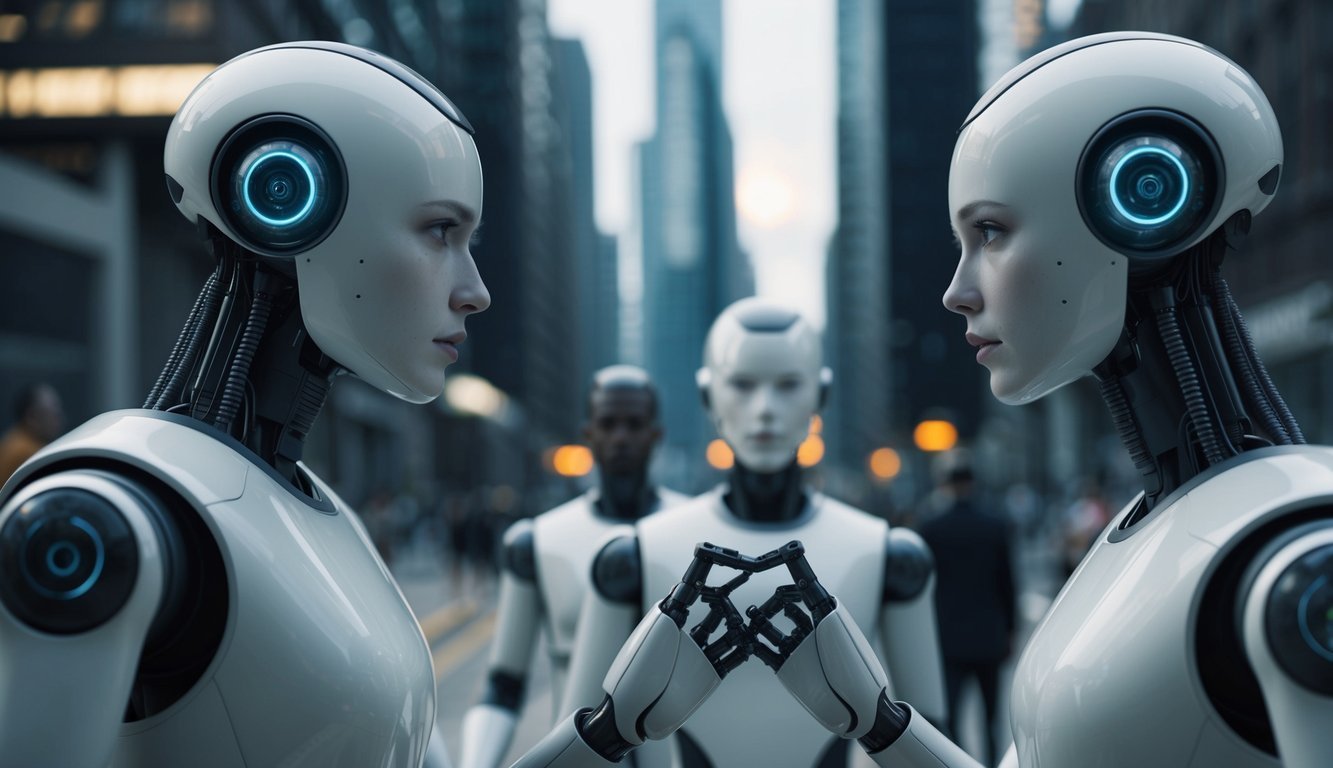PsychNewsDaily Publishers
100 Summit Drive
Burlington, MA, 01803
Telephone: (320) 349-2484
PsychNewsDaily Publishers
100 Summit Drive
Burlington, MA, 01803
Telephone: (320) 349-2484
New research finds that human-AI interactions may subtly steer our evolutionary path, influencing traits like brain size, attention spans, and social behaviors.

The rise of artificial intelligence (AI) marks the dawn of a new era, rich with complexities shaping our daily lives and societal dynamics. A recent study in The Quarterly Review of Biology ventures into the question of how this technology might subtly influence our evolutionary path. Authored by Rob Brooks, the paper engages with the nuanced interplay of human and AI interactions rather than the more extreme scenarios of human extinction or domination by machines.
Brooks explores how these interactions could steer evolutionary trends through natural selection, drawing fascinating parallels to historic instances of domestication. Just as humans have shaped the evolution of plants, animals, and even companions, so too might our relationships with AI technologies influence our own evolutionary journey.
He points out that AI is not just a tool but increasingly a social entity, engaging with people in ways that echo the complex interactions seen in nature—think predator-prey dynamics or the relationships between parasites and their hosts. These interspecies dynamics offer intriguing clues about how AI might redirect the course of human evolution.
The paper delves into several contemporary issues influenced by AI, such as digital matchmaking through dating apps, evolving notions of intimacy, new forms of virtual friendships, and even innovations in the criminal justice system. Brooks forecasts notable changes in human traits, including a potential decrease in brain size, shifts in attention spans, the evolution of personality traits, and increased susceptibility to mood disorders. Interestingly, he suggests that AI’s role in romantic relationships could reshape social behaviors related to intimacy and competition.
In summation, Brooks believes that while the long-term effects of human-AI relationships on reproductive variance and gene frequency may seem small, the immediate influence on people’s well-being and cultural evolution could be significant. He acknowledges the challenge of predicting how AI will shape humanity’s path; the unpredictability surrounding these changes is compounded by the very nature of AI itself, which is continually evolving.
The future landscape of human evolution, intertwined with the complexities of AI, remains uncertain. As Brooks aptly observes, predicting the direction and rate of evolution is no easy feat—even within controlled environments. The interplay between humans and machines introduces a tantalizing layer of unpredictability into our shared future.